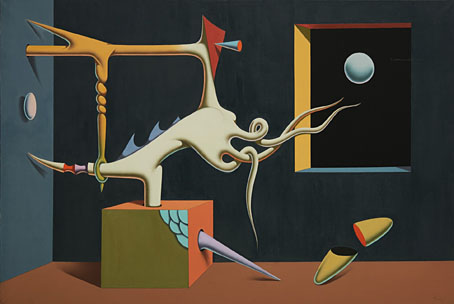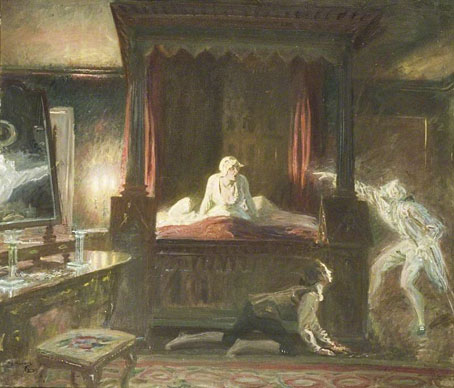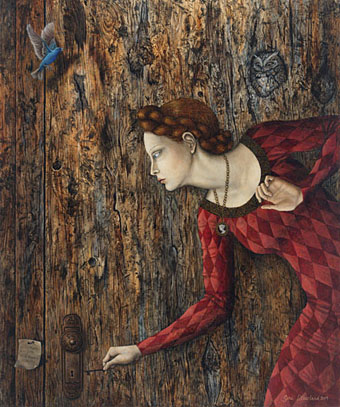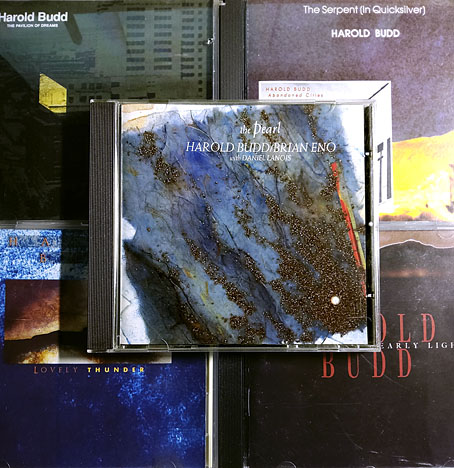
Menace (1974) by Ivan Tovar.
• “I find myself going back to Early Water more and more in recent years. It should be better known.” B. Sirota reviewing the one-off musical collaboration between Michael Hoenig and Manuel Göttsching. (Previously.) It should indeed be better known.
• At Unquiet Things: “Come for the cosmic awe, stay for the skeletons in spacesuits”; S. Elizabeth talks to Adam Rowe about the science-fiction art of the 1970s.
• “The architectural style wars have started all over again.” Owen Hatherley on the unending debate between traditionalists and modernists.
• At Public Domain Review: Clear Shadows (1867), a book of Japanese silhouette portraits by Ochiai Yoshiiku.
• New music: Flux Gourmet Original Motion Picture Soundtrack by Various Artists, and Volta by Loula Yorke.
• Meta machine mantras: Steve Barker on the birth of the Buddha Machine.
• Cosmohedron, a short animated film by Duncan Hatch.
• Mix of the week: isolatedmix 125 by Sa Pa.
• Chelsea Wolfe’s favourite music.
• At Dennis Cooper’s: Mirrorers.
• A Silhouette Of A Man And A Wasp (1995) by Add N To (X) | A Silhouette Approaches (2005) by Robin Guthrie & Harold Budd | Silhouette (2015) by Julia Holter




